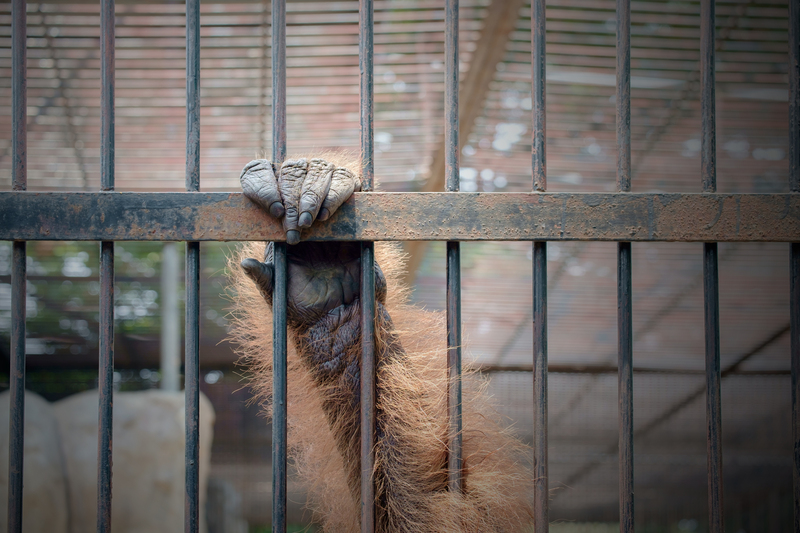Creative Approaches to Recycling Dining Waste
In an increasingly eco-conscious world, the issue of dining waste has become a focal point for many individuals and businesses. From discarded food scraps to packaging, dining waste poses a significant environmental challenge. Fortunately, there are numerous creative approaches to recycling dining waste that can help reduce its impact on the planet and contribute to a more sustainable future.
Understanding Dining Waste
Before delving into creative recycling solutions, it's important to understand the scope and impact of dining waste. Dining waste encompasses a wide range of materials including food waste, packaging materials, utensils, and more. According to the Food and Agriculture Organization, approximately one-third of all food produced globally is wasted, contributing to unnecessary waste and greenhouse gas emissions.
Types of Dining Waste
- Food Waste: This includes leftovers, peels, cores, and expired food items.
- Packaging Waste: Plastic, glass, metal, and paper used to package food products.
- Utensil Waste: Disposable cutlery, straws, and napkins.

Innovative Solutions for Recycling Dining Waste
To effectively tackle dining waste, innovative recycling solutions are being explored. These creative approaches not only minimize waste but also provide valuable resources for other industries.
Composting: Turning Scraps into Soil
Composting is a natural process that decomposes organic matter, turning it into nutrient-rich soil. By composting food scraps and yard waste, individuals and businesses can reduce their carbon footprint while creating a valuable product for gardens and farms.
Benefits of Composting:
- Reduces landfill waste by converting food scraps into valuable compost.
- Enriches soil, providing essential nutrients for plant growth.
- Lowers greenhouse gas emissions by preventing methane release in landfills.
Biogas Production: Harnessing Energy from Waste
Another exciting avenue for recycling dining waste is through biogas production. Biogas is produced by the anaerobic digestion of organic matter, such as food waste, and can be used as a renewable energy source for heating and electricity.
By diverting food scraps to anaerobic digesters, communities can create a sustainable energy source while reducing waste disposal costs. This process also produces digestate, a nutrient-rich byproduct that can be used as fertilizer.
Food Rescue: Reducing Edible Waste
Not all food waste is unavoidable; much of it is edible and can be redirected to people in need. Food rescue organizations play a crucial role in redistributing excess food from restaurants, grocery stores, and events to food banks and shelters.
Food rescue not only reduces dining waste but also addresses food insecurity, making it a win-win solution for communities.
Creative Packaging Solutions
Aside from food waste, packaging constitutes a large portion of dining waste. Many companies are exploring alternative packaging materials that are biodegradable or recyclable.
Biodegradable Packaging
Biodegradable packaging is designed to break down naturally, reducing its impact on the environment. Materials like cornstarch, sugarcane, and mushroom-based packaging are gaining popularity as sustainable alternatives to plastic.
These materials offer durability and functionality while minimizing environmental impact, making them excellent choices for eco-friendly dining solutions.
Reusable and Recyclable Packaging
Another creative approach is to incorporate reusable and recyclable packaging into dining operations. This can involve using materials like glass, metal, or durable plastics that can be reused multiple times.
Encouraging customers to bring their own containers or offering incentives for reusable packaging can significantly reduce waste generated by takeout and delivery services.

Technology and Innovation in Waste Management
Technology is playing an increasingly pivotal role in finding solutions for dining waste. Various apps and platforms help tackle this issue by connecting surplus food with people who need it or by managing waste more efficiently.
Food Sharing Apps
Some innovative apps allow individuals and businesses to share or sell surplus food, connecting those with excess food to others who can use it. This helps reduce waste while providing affordable food options.
Smart Waste Bins
Smart waste bins equipped with sensors can provide real-time data on waste generation and help optimize waste management processes. This technology can help track recycling and composting efforts, ensuring maximum waste diversion.
Conclusion: Towards a Sustainable Dining Future
The battle against dining waste demands a holistic and innovative approach. By embracing creative recycling methods, technology, and responsible consumption practices, individuals and businesses can significantly reduce their environmental impact.
With the growing awareness of the importance of sustainability, it's crucial to continue advancing these creative solutions in dining waste management. As these initiatives expand and evolve, they have the potential to transform how we think about waste, fostering a future where recycling and sustainability go hand in hand with dining.
Ultimately, taking action against dining waste is not just an option--it is a responsibility we all share. By adopting these strategies, we can pave the way for a greener and more sustainable planet.